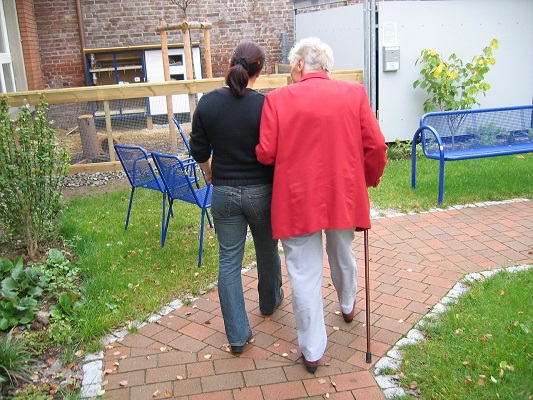Fieldwork is an important part of earning a master’s in occupational therapy degree, one of the highest paying master’s degrees. If you want to become an occupational therapist, you need more than academic knowledge. You need to know how to put into practice what you learn in the classroom. That happens through fieldwork experiences, typically split into Level I and Level II experiences, that are required for graduation from a program accredited by the Accreditation Council for Occupational Therapy Education (ACOTE).
The Basics of Fieldwork for Occupational Therapy Students
Your fieldwork experience is the clinical part of your education. Besides what you learn in the classroom, the fieldwork is what prepares you to make the leap from being a graduate student to being an occupational therapist qualified to start your first job in the field. Individual graduate schools and occupational therapy programs set the requirements for some fieldwork components, particularly the duration of the experiences that constitute Level I fieldwork. Other aspects of fieldwork education in a master’s in occupational therapy program are regulated by the ACOTE.
Supervision is a vital part of your occupational therapy fieldwork. While an occupational therapist must provide supervision for Level II fieldwork, Level I fieldwork may be supervised by physical therapists, physicians, psychologists, social workers and others.
Level I Fieldwork Experience
Rather than specifying a minimum duration for Level I fieldwork, the ACOTE establishes basic content requirements. All fieldwork must be supervised by a qualified educator, involve participation in the occupational therapy process in some form and enhance what students learn in the classroom. Your Level I fieldwork can take many different formats, from faculty-led site visits to simulated environments. Often, the content of your Level I fieldwork experiences will revolve around community-based occupational therapy work and experiences in observing and assisting supervisors.
At some schools, Level I fieldwork begins during the first year of your graduate occupational therapy curriculum, although it may continue into your second year of study. Other programs wait until the second year of study to introduce fieldwork into the curriculum, building upon the concepts you covered in the classroom during your previous year of study.
In some master’s in occupational therapy programs, the minimum duration is measured in hours – for example, 45. Other occupational therapy programs measure the fieldwork requirement in weeks, sometimes structuring it as one day of work per week for most of a 10-week period, but requiring one week of more extensive full-time work midway through.
Although you probably associate occupational therapy with physical ailments, under the ACOTE Standards, you must complete one fieldwork experience that focuses on behavioral health or the social and psychological factors at play in occupational therapy practice.
Level II Fieldwork Experience
IMAGE SOURCE: Pixabay, public domain
The American Occupational Therapy Association (AOTA) requires students to complete at least 24 weeks of full-time experience. Often, master’s degree programs in occupational therapy structure their Level II fieldwork experiences as two separate, 12-week placements.
In your Level II fieldwork, you may be placed at a variety of different sites. In acute care hospitals and inpatient rehabilitation facilities, you would work with patients whose medical conditions are serious enough that they must be cared for in a medical facility. You might also work in outpatient rehabilitation offices with child or adult patients. Some Level II fieldwork takes place in schools, nursing homes, mental health facilities and, working with a home healthcare service, in patients’ homes.
Level II fieldwork includes more hands-on clinical work than you would find in Level I fieldwork. Rather than observing and doing minimal work assisting an established occupational therapist, you will provide some degree of direct service – supervised, of course – and engage in the clinical reasoning required to figure out what a patient requires and determine the best methods of intervention. This may mean performing techniques of manual muscle testing, conducting range of motion assessments and using instruments such as goniometry and dynamometer devices. This immersive educational experience is a great opportunity to put to the test the medical terminology you developed in school, as well as the foundations and concepts of occupational therapy.
The AOTA also establishes fieldwork requirements for occupational therapy assistant degree programs. Level II fieldwork for aspiring occupational therapy assistants is shorter and consists of just 16 weeks of hands-on work.
Additional Resources
What Is a Typical Admissions Process When Applying for a Master’s in Occupational Therapy?
What Should I Get My Undergrad Degree in If I Want a Master’s in Occupational Therapy?

